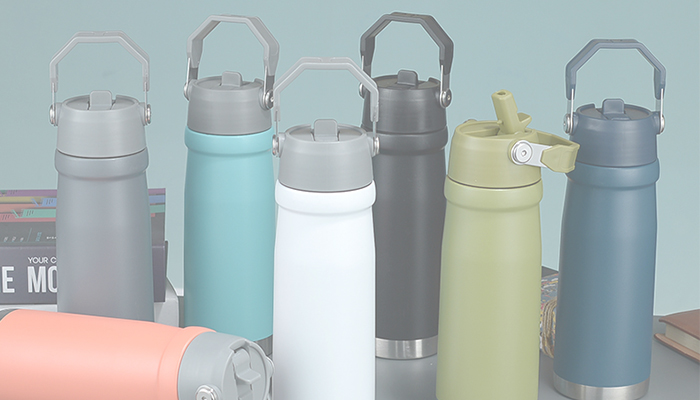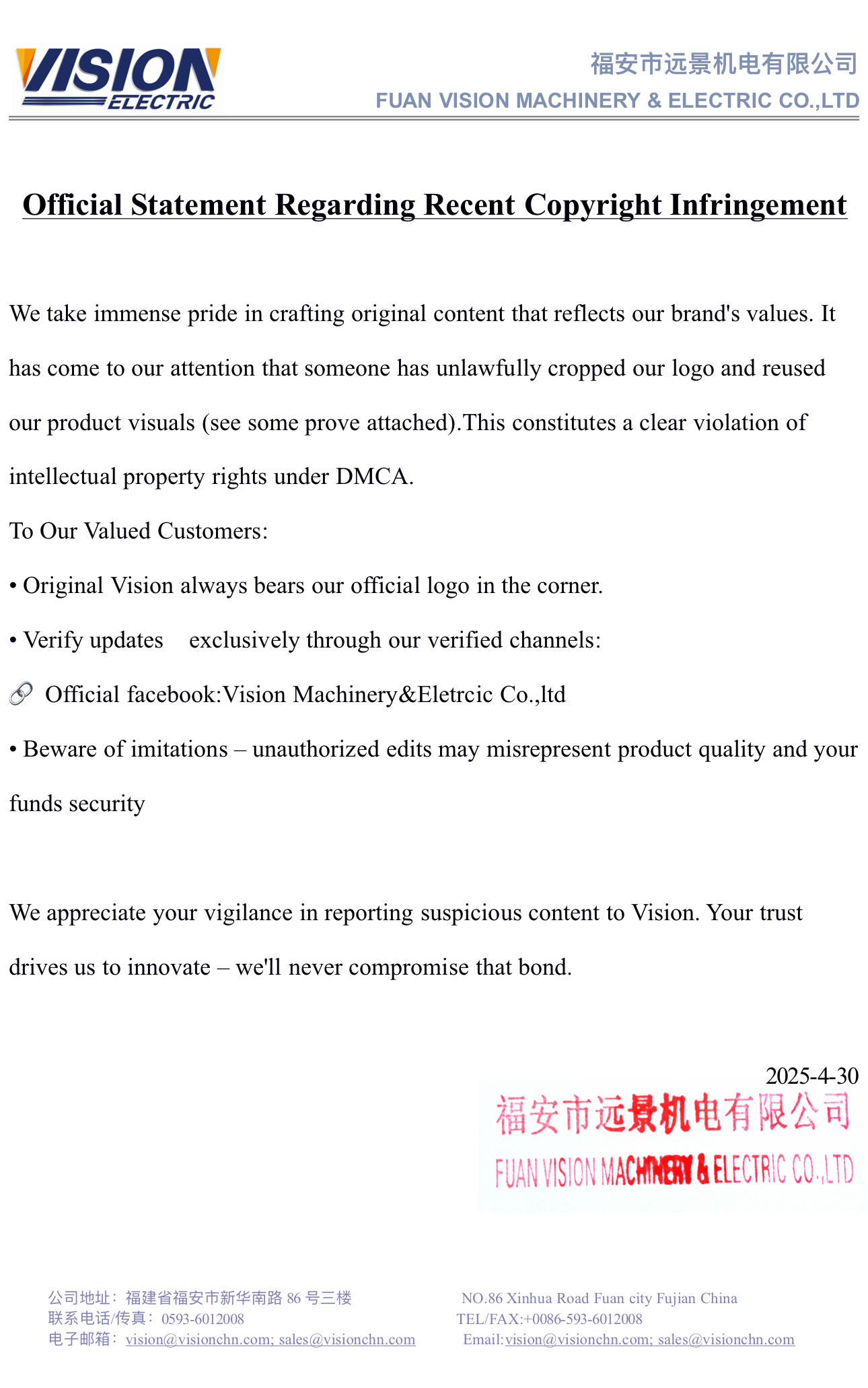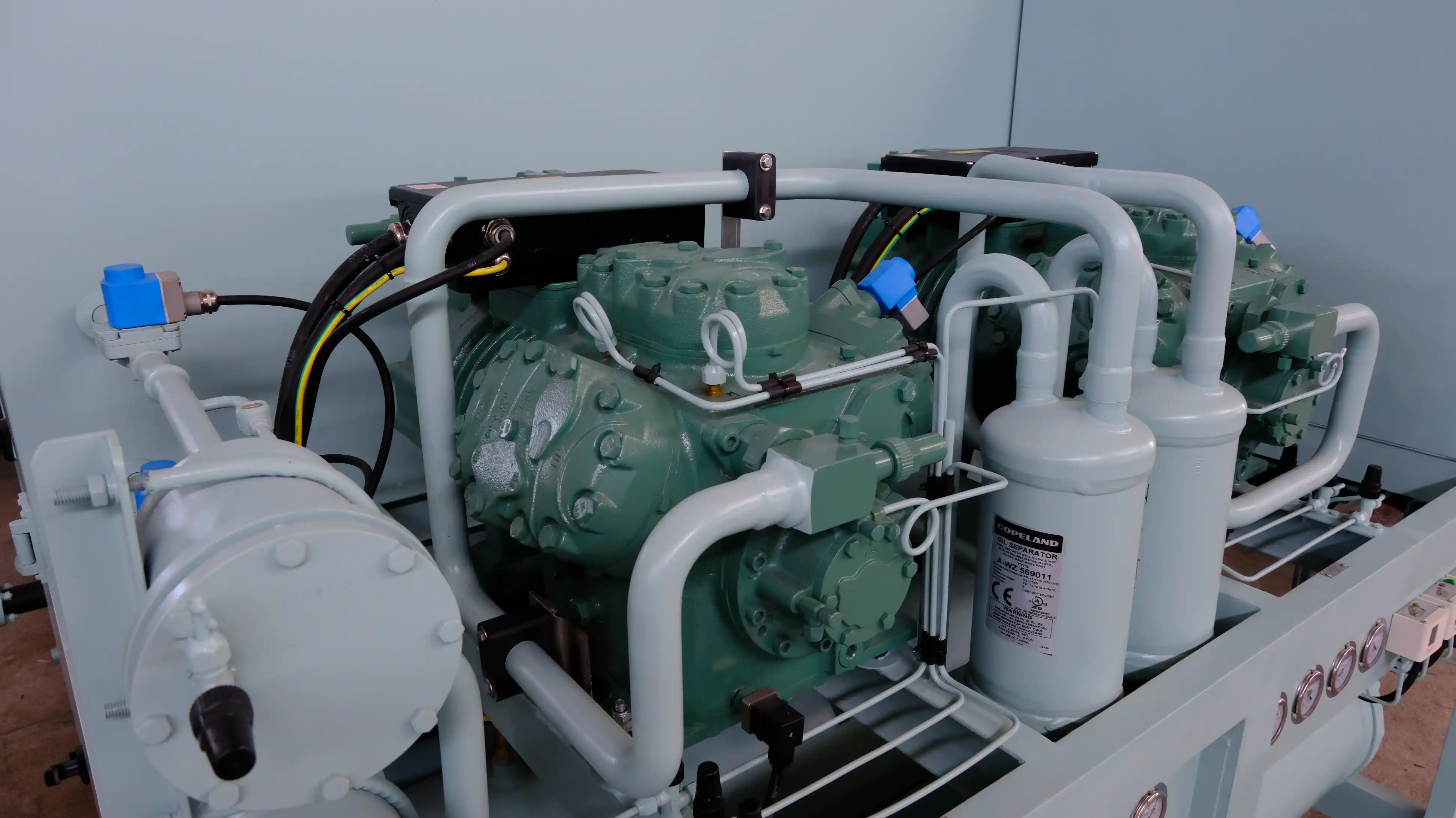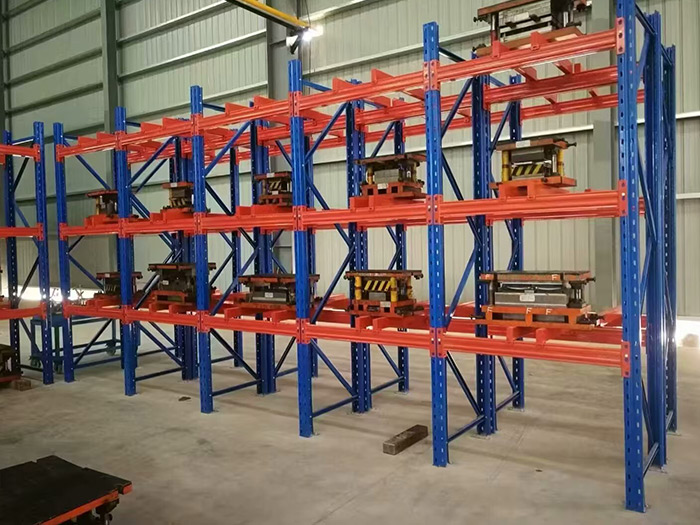When it comes to selecting materials for outdoor applications, the choice of metal is crucial. The right metal not only enhances the aesthetic appeal of structures and fixtures but also ensures durability and longevity against the elements. In this article, we will explore various metals suitable for outdoor use, their properties, advantages, and potential applications, providing you with a well-rounded understanding to make informed decisions.
- Understanding Environmental Challenges
Before diving into specific metals, it’s essential to recognize the environmental challenges that outdoor materials face. Factors such as moisture, temperature fluctuations, UV radiation, and exposure to corrosive elements can significantly impact the performance of metals. Therefore, selecting a metal that can withstand these conditions is paramount.
- Top Metals for Outdoor Use
2.1 Stainless Steel
Properties: Stainless steel is an alloy primarily composed of iron, chromium, and nickel. Its corrosion resistance is one of its most significant advantages, making it ideal for outdoor applications.
Advantages:
- Corrosion Resistance: The chromium content forms a passive layer of chromium oxide, protecting the underlying metal from rust.
- Strength and Durability: Stainless steel is known for its high tensile strength, making it suitable for structural applications.
- Aesthetic Appeal: Its shiny, polished finish is visually appealing and can enhance the overall look of outdoor installations.
Applications: Stainless steel is commonly used in outdoor furniture, railings, and architectural elements, as well as in marine environments where saltwater exposure is a concern.
2.2 Aluminum
Properties: Aluminum is a lightweight, non-ferrous metal known for its excellent corrosion resistance and malleability.
Advantages:
- Lightweight: This makes aluminum easy to handle and install, particularly in large structures.
- Corrosion Resistance: Aluminum naturally forms a protective oxide layer, which helps prevent corrosion.
- Versatility: It can be easily extruded into various shapes and sizes, making it suitable for a wide range of applications.
Applications: Aluminum is widely used in outdoor furniture, window frames, and siding, as well as in the construction of outdoor structures like pergolas and awnings.
2.3 Copper
Properties: Copper is a ductile metal with excellent thermal and electrical conductivity. It develops a green patina over time, which can be aesthetically pleasing.
Advantages:
- Corrosion Resistance: Copper is highly resistant to corrosion, especially in outdoor environments.
- Antimicrobial Properties: It has natural antimicrobial properties, making it suitable for applications in public spaces.
Applications: Copper is often used in roofing, gutters, and decorative elements in gardens and landscapes.
2.4 Galvanized Steel
Properties: Galvanized steel is carbon steel that has been coated with zinc to prevent rusting.
Advantages:
- Cost-Effective: It offers a budget-friendly option while still providing decent corrosion resistance.
- Durability: The zinc coating protects the steel from moisture and environmental wear.
Applications: Galvanized steel is commonly used in fencing, outdoor structures, and agricultural applications.
- Factors to Consider When Choosing Metal
When selecting the right metal for outdoor use, consider the following factors:
- Climate: Assess the local climate conditions, including humidity, temperature extremes, and exposure to saltwater or pollutants.
- Maintenance: Some metals require more maintenance than others. For instance, while stainless steel is low-maintenance, copper may require periodic cleaning to maintain its appearance.
- Budget: Consider the initial cost of the metal as well as its long-term durability and maintenance costs.
- Aesthetic Preferences: The visual appeal of the metal can significantly impact the overall design of outdoor spaces.
- Conclusion
Choosing the right metal for outdoor applications is a multifaceted decision that involves understanding the properties and advantages of various materials. Stainless steel, aluminum, copper, and galvanized steel each offer unique benefits that cater to different needs and preferences. By considering environmental factors, maintenance requirements, budget constraints, and aesthetic goals, you can select the most suitable metal for your outdoor projects. Investing in the right material will not only enhance the beauty of your outdoor spaces but also ensure their longevity and functionality for years to come.



